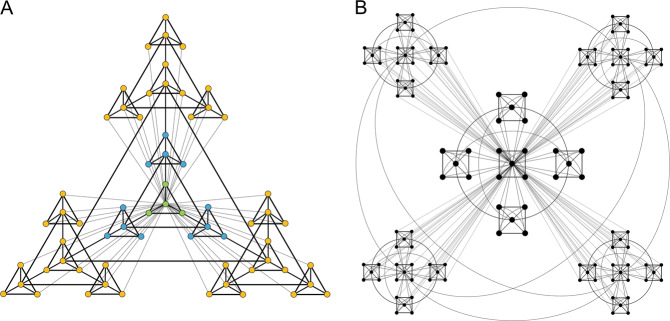Fig. 7. Topology of large-scale scientific collaboration.
a The topology of scientific collaboration in ENIGMA has some properties that resemble a modular hierarchical network (Ravasz and Barabasi170, Slaughter171). In this diagram (a), nodes represent individual scientists working on a project, and links denote active scientific collaborations (that might result in co-authored publications, like this review, for example). ENIGMA’s WGs resemble the yellow sets of nodes: guided by a small group of WG chairs, several clusters of scientists coordinate projects applying various methods to the same datasets (e.g., MRI and DTI meta-analysis, machine learning, and modeling of clinical outcomes). WGs study different disorders with the same harmonized methods, enabling to cross-disorder collaborations across WGs. The modular organization allows independent and coordinated projects to proceed in parallel, distributing work and coordination, without requiring a central hub for all communication. Real clusters may differ in their number of members and links [(b) shows a different graph with a similar hierarchical modular form], and may change dynamically over time as new groups and projects form and projects end.

